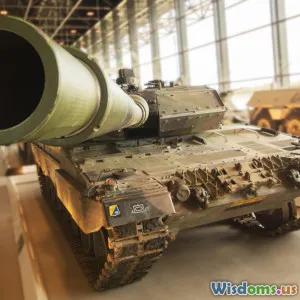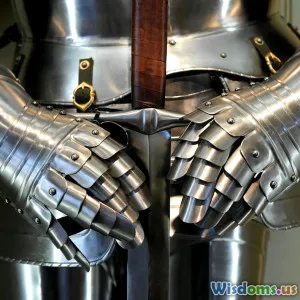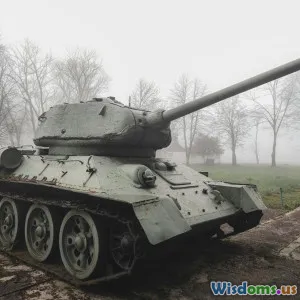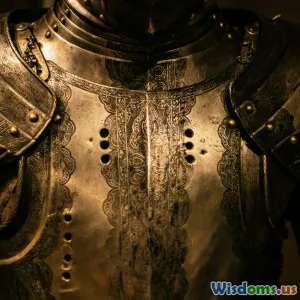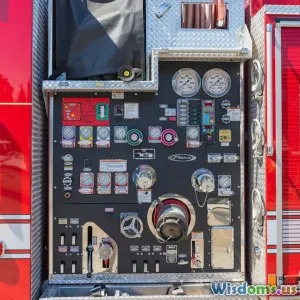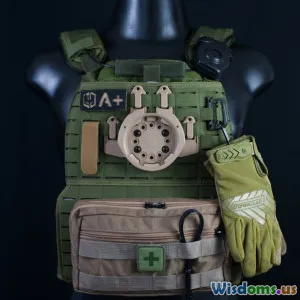
Personal Armor Choices Pros and Cons of Ceramics vs Steel
19 min read Compare ceramics and steel armor choices, examining protection, weight, cost, and durability for informed personal defense decisions. (0 Reviews)
Choosing Your Protection: The Pros and Cons of Ceramic vs Steel Personal Armor
When selecting personal armor, the question isn't simply what looks best or what feels strongest. The material you choose affects everything—from your comfort and mobility during crucial moments to the very outcome in a life-threatening scenario. As the market expands, two materials have risen to the forefront: ceramics and steel. Each offers distinct advantages, unique trade-offs, and situations where one clearly outperforms the other. In today's ever-changing security climate, understanding how ceramic and steel plates function, their real-world applications, and their limitations is essential for anyone who values personal protection or works in environments where armor is more than peace of mind.
The Science Behind the Shield: How Ceramic and Steel Armor Works
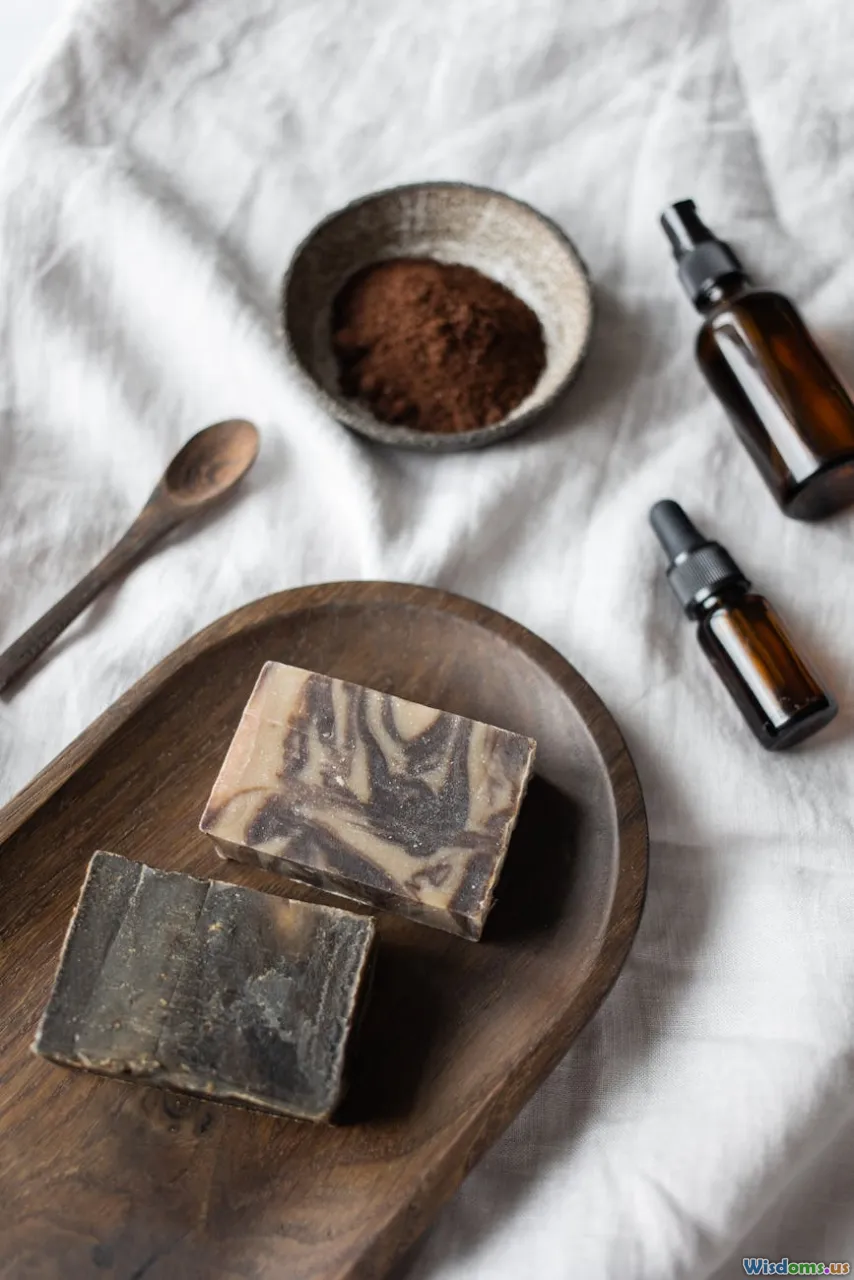
Personal armor isn't just about hardness. It’s a carefully engineered sandwich of material science, practical design, and repeatedly tested resilience. Both ceramic and steel plates can stop rifle-caliber rounds, but the mechanics differ entirely.
Ceramic armor uses brittle but exceptionally hard materials—like boron carbide or silicon carbide. When a projectile hits, the ceramic layer fractures at the point of impact, dispersing kinetic energy and blunting the tip. This shattering, counterintuitively, protects the wearer: it reduces the projectile's effectiveness before subsequent layers (often a fiber backing like Kevlar) catch the residual fragments.
Steel plates, by contrast, absorb and deform. Hard steel alloys—often AR500 or AR600—rely on sheer toughness to resist penetration. When a bullet strikes, the steel may dent, but if it surpasses the bullet’s energy, the projectile flattens or fragments, with less transfer of force to the layers behind.
Example: Police agencies often deploy ceramic armor for rifle protection in high-risk raids (due to weight and threat rating), whereas private security contractors may choose steel for its unmatched durability in rough terrain and daily wear.
Field Performance: Stopping Power and Multi-Hit Capability

When it comes to real-life threats, both ceramic and steel armor have proven themselves. However, performance during successive impacts sets them apart.
Ceramic Plate Pros:
- Outstanding at defeating high-velocity rifle rounds (like 5.56mm or 7.62mm NATO).
- Less likely to be defeated by new "armor-piercing" or tungsten core ammunition, given matching threat levels.
Drawback: Ceramics excel in absorbing a single hit or a tight cluster, but their brittle structure means repeated impacts in the same region can compromise integrity. Post-strike, microfractures around the impact site may render that section vulnerable, even if the plate appears intact.
Steel Plate Pros:
- Generally superior multi-hit capability. Steel plates can take dozens of hits (especially handgun rounds) before performance drops dramatically.
- Damage is highly localized; unless hit by a high-powered rifle repeatedly at exact locations, the plate continues to function.
Drawback: Steel struggles with modern extremely high-velocity or armor-piercing threats that can penetrate or crack even hard alloys under certain conditions.
Example: SWAT teams often replace ceramic plates after any ballistic incident as a precaution. By contrast, a security worker may keep wearing a steel plate showing multiple dents, confident in its continuing ability to protect in most encounters.
Wear, Weight, and Comfort: Factors Shaping Field Choice

Anyone who has worn armor for hours will know: no matter its stopping power, uncomfortable armor might not be worn long enough to save you. Here’s where lethality meets practicality.
Ceramic Plate Pros:
- Generally weighs less than comparable steel plates (especially at higher threat levels such as NIJ Level IV).
- Example: A typical 10x12” ceramic Level IV plate weighs about 5.5–6.5 lbs, while a steel Level III+ plate of similar size is 7.5–8.5 lbs.
- Better weight distribution means less fatigue, ideal for patrol officers or active military who must move fast and far.
Drawback: Ceramics are thick and can feel bulkier than steel. Their extra thickness may limit weapon shouldering or comfortable driving/vehicle operations.
Steel Plate Pros:
- Slimmer profile (often 6–8 mm thick) fits more comfortably in low-profile carriers, which is an advantage for undercover work or discrete security.
Drawback: The greater weight is a notable burden on long patrols, hill climbs, or urban missions requiring speed—even more so if the wearer must also carry heavy equipment. Prolonged daily wear can lead to shoulder, back, or core muscle strain.
Practical Tip: Consider your environment and mission. Officers on long foot chases—and rescue personnel working in remote environments—often favor ceramic to avoid fatigue-related lapses. Meanwhile, doormen, nightclub security, or armored transport drivers may accept heavier steel for its long-term endurance and ability to shrug off routine impacts.
Fragility and Longevity: How Armor Holds Up Over Time
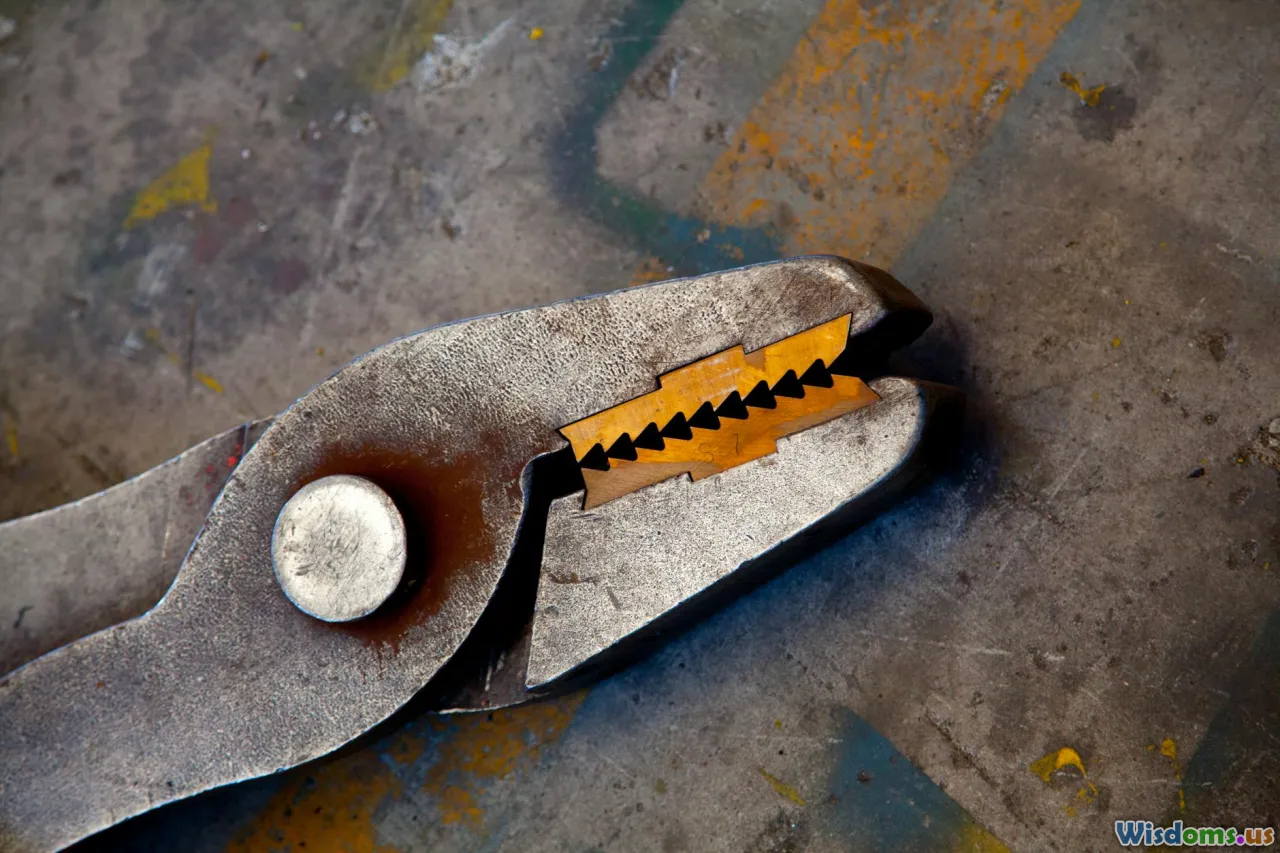
Secure armor is only as dependable as its condition after months or years of exposure. Ceramic and steel diverge sharply in their ability to absorb day-to-day abuse.
Ceramic Armor:
- Vulnerable to sharp drops, flexing, or heavy impacts even outside combat—if dropped a few feet onto concrete, microcracks may develop that weaken ballistic integrity even if not visible externally.
- Lifespan is usually rated at 5–7 years post-manufacture. This is due not only to material fatigue but also to glues, coatings, and composites breaking down over time.
- Quality ceramics often require periodic X-ray or ultrasound inspection to verify they haven’t suffered damaging microfractures—an expense and step most end-users (outside military) cannot afford.
Steel Plates:
- Exceptionally durable. Unless cut, deeply gouged, or exposed to severe corrosion, steel may last a decade or longer with negligible performance loss.
- Resistant to all routine drops, flexing actions, or heavy shocks. For people wearing or moving armor in rugged terrain, steel may provide peace of mind with less maintenance fuss.
Example: Emergency responders recount storing ceramic plates in vehicle trunks and discovering years later, after bouncing over potholes, the plates were compromised. Conversely, steel plates were found rusted but still serviceable after removal of superficial corrosion.
Spall, Backface Trauma, and Modern Mitigations

Not every stopped bullet leaves you unharmed. What happens after impact can be as dangerous as the bullet itself.
Spall and Fragmentation
Steel Plates: Upon bullet impact, fragments (spall) can ricochet outward, risking secondary wounds to the neck, chin, or arms. Early plate carriers often ignored this risk, but gruesome evidence—from training ranges and case studies—drove rapid adoption of anti-spall coatings and spall catchers. Modern AR500 plates now typically include ceramic or rubberized edge wraps to trap flying metal bits. Still, poorly maintained plates or those with worn coatings are hazardous.
Ceramic Plates: Fragments are mostly absorbed by the breaking ceramic and underlying fiber layers, so secondary injuries are rare.
Tip: Demand verified spall coatings on any steel plate purchase. Ideally, pair with a high-cut wraparound carrier for maximum protection.
Backface Deformation
Armor that doesn’t let a bullet through still allows a painful “punch.” This backface signature is regulated by the National Institute of Justice (NIJ), but even the best plates can deform, landing you in the hospital with broken ribs or deep contusions.
Ceramic: Less backface trauma due to energy dissipation in fracture and layered backing materials.
Steel: Rigid, less flex, but energy transfer results in more force on the wearer.
Best Practice: Employ trauma pads behind all plates (ceramic or steel) to reduce energy transfer—especially if using steel, where risk is higher.
Price Tag and Accessibility: Budget and Supply Chain Considerations

As with most safety equipment, what you get depends in part on what you pay. Here, both types of armor have evolved, but certain realities remain.
Steel Plates:
- Older technology, mass-produced, and available from a broad range of manufacturers. Budget options (NIJ Level III only) can run as low as $100 per set, with NIJ Level III+ and spall-coated versions between $150–250.
- Used market is robust; steel’s near-endless shelf life makes used plates (with proper inspection) a realistic low-cost entry point.
Ceramic Plates:
- Relies on high-tech fabrication, quality controls, and more complex supply chains. New ceramic Level III plates start near $200, with credible Level IV options in the $300–500 range or higher for premium lightweight models.
- Used ceramic plates are risky—prior abuse, unseen drops, or expiration dates greatly affect value and trustworthiness.
Example: A rural sheriff’s department may stretch grant dollars further by arming deputies with steel, whereas big city SWAT units insist on ceramics for the lowest possible carry weight and state-of-the-art threat defeat.
Myth-Busting: Common Misconceptions About Armor Choices
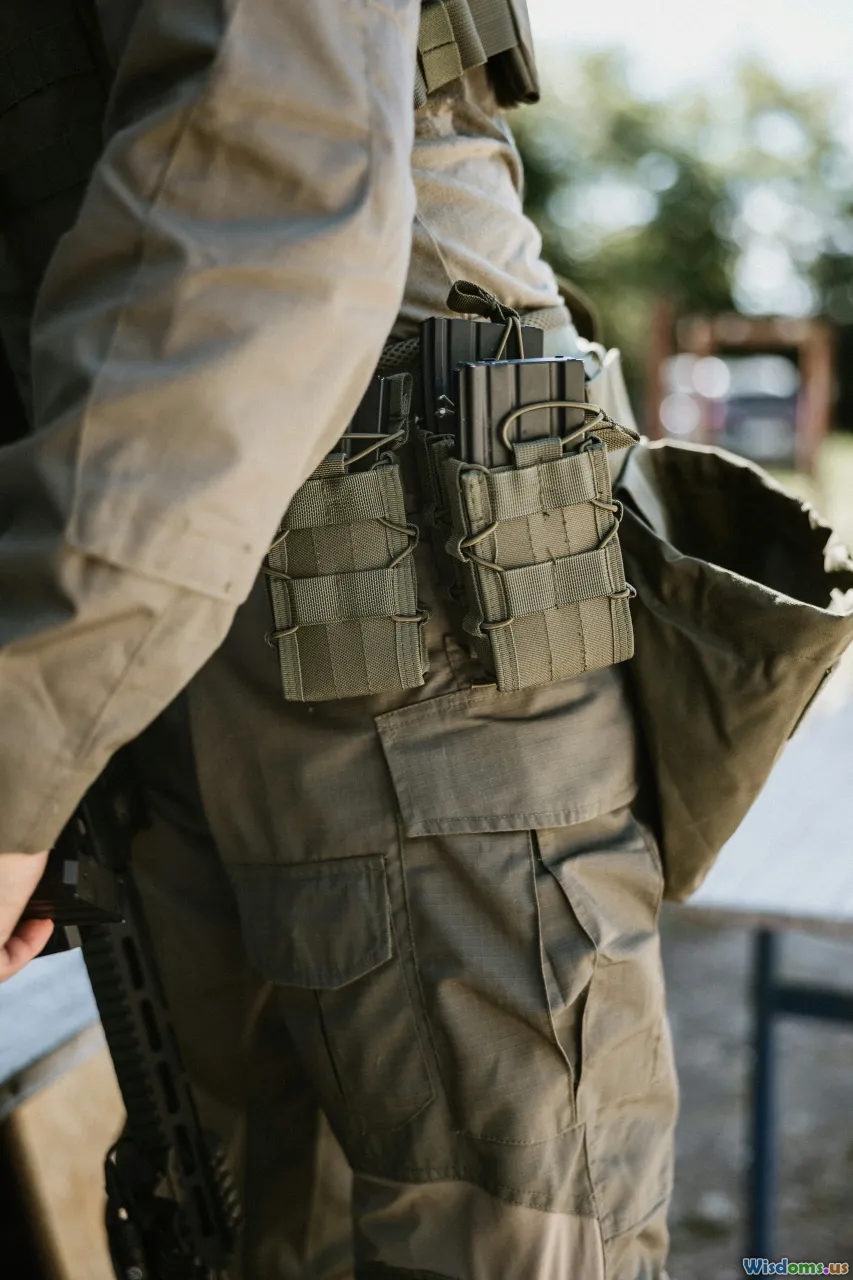
Myth 1: Steel Is the "Zombie Apocalypse” Solution
People often assume that steel armor's unparalleled durability makes it foolproof in all scenarios. But advances in military ammunition mean certain rounds—M855A1 "green tip," .30-06 AP, and specialty sabot rounds—can and do defeat standard AR500 under high velocity.
Myth 2: Ceramics Are Too Fragile for Field Use
While it's true that dropping or abusing ceramic plates can cause microfractures, modern armors are tougher than ever. Many military contracts require drop testing. Law enforcement agencies routinely use ceramic plates in vehicle crashes, building breaches, and physically demanding deployments with no higher failure rate than steel, so long as maintenance and inspections are adequate.
Myth 3: Heavier Means Better Protection
A heavier steel plate isn’t always more reliable. Your ability to move and perform often trumps absolute ballistic protection. Injuries due to fatigue or missed cover far outweigh those from armor penetration—in active-duty statistics, more deaths result from fatigue-related incidents than defeated plates.
Educational Note: Always consult independent test data (NIJ ratings, third-party live-fire videos) for both steel and ceramic before buying. Ask sellers for certifications, and consider the named ammunition types the plate is rated to stop.
Customization and Emerging Alternatives: Beyond the Standard Plate
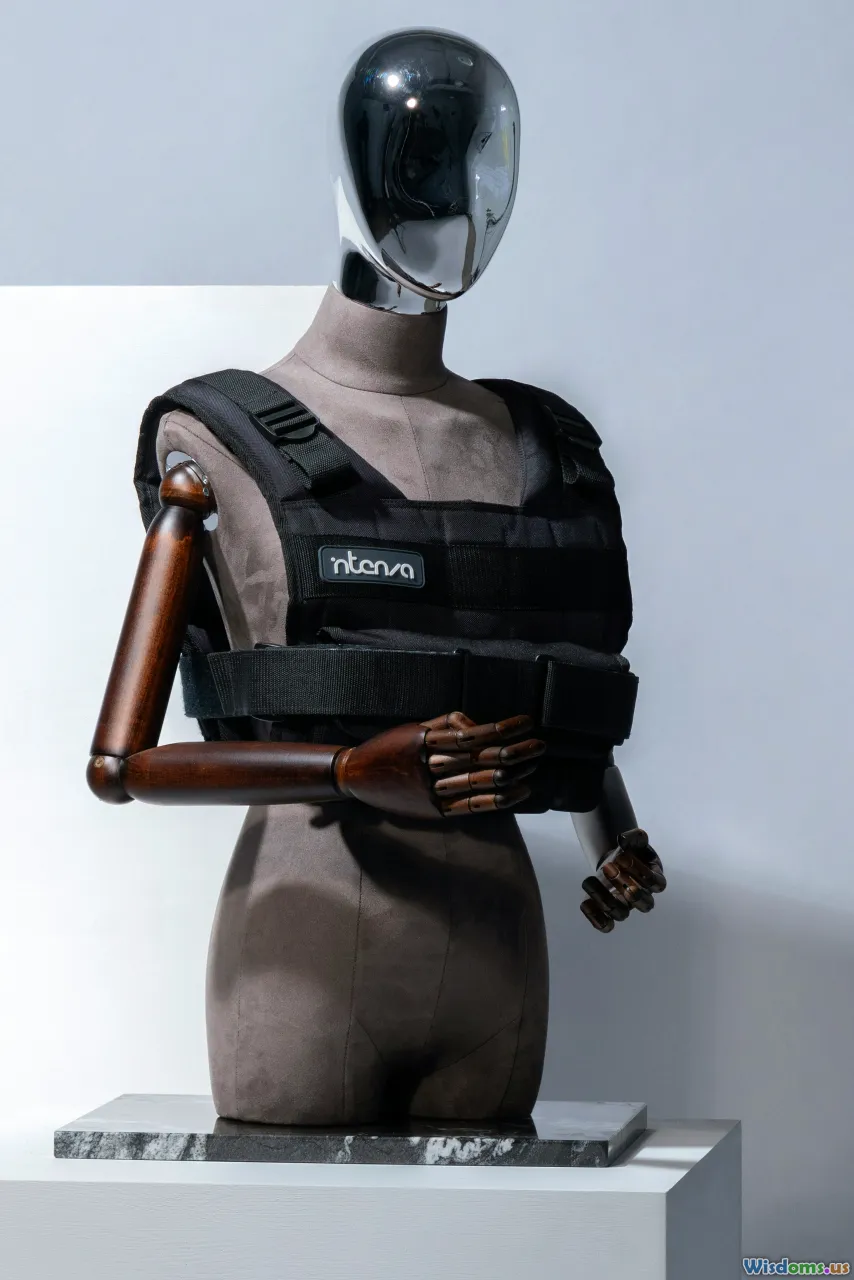
The arms race between threat and defense never stops. Recent years have seen exciting innovation at the edge of ceramic and steel design—and even compelling hybrids that combine their strengths.
Composite and Hybrid Plates
- Some manufacturers offer steel plates featuring a ceramic strike face, combining durability with superior multi-hit performance and improved resistance to threats like M855 and .30-06 AP.
- Others offer ultralight polyethylene plates, ideal for pistol-rated (Level IIIA) protection at half the weight, with thickness as the main limitation.
- New resin and polymer composites appear regularly in military R&D, seeking the "holy grail" of lightweight, flexible, and all-hard armor.
Customization:
- Removable trauma pads, integrated soft armor backers, advanced plate carriers with cooling mesh or quick-release buckles—all increase wearer comfort and allow armor to fit more securely to individual body types.
- Modern camouflage finishes on plates and edge treatments protect against visual detection and reduce IR (infrared) signature, benefitting those operating at night or in variable climates.
Actionable Tips: Selecting the Best Armor for Your Mission

Before purchasing or fielding personal protection, consider these expert recommendations:
-
Match Armor to Threat Environment:
- Steel is ideal for urban policing or security with low rifle threat, high physical abuse, and long wear periods.
- Ceramic wins out for those at risk from larger caliber rifles, needing to travel fast, or discomforted by heavy loads.
-
Verify Ratings and Avoid Counterfeits:
- ONLY purchase armor that specifies its NIJ rating and, when possible, has passed independent or government-sponsored testing. Imported or bargain-basement armor may not meet promises.
- Ask for recordings or documentation of live-fire testing appropriate to your needs.
-
Prioritize Comfort and Fit:
- The best armor is one you’ll wear reliably. Take time to adjust your plate carrier and try on multiple sizes, including with your full kit (radios, pouches, etc.).
- Inspect all armor every six months for damage or wear, especially if frequently removed or stored in varying temperatures.
-
Augment with Soft Armor and Accessories:
- Even the best solid plates benefit from soft armor layers underneath and high-quality trauma pads.
- For steel, never use without an intact, factory spall coating, and replace if the coating is chipped, cut, or missing entirely.
Making the right personal armor choice comes down to your threat landscape, mission demands, and comfort with trade-offs. Whether you trust the shattering resilience of modern ceramics or wear the time-tested durability of steel, knowledge is your best protection—second only to the plate you trust when it matters most.
Rate the Post
User Reviews
Popular Posts










